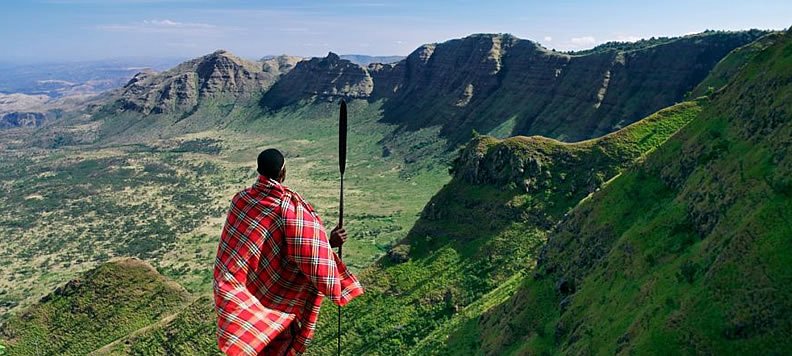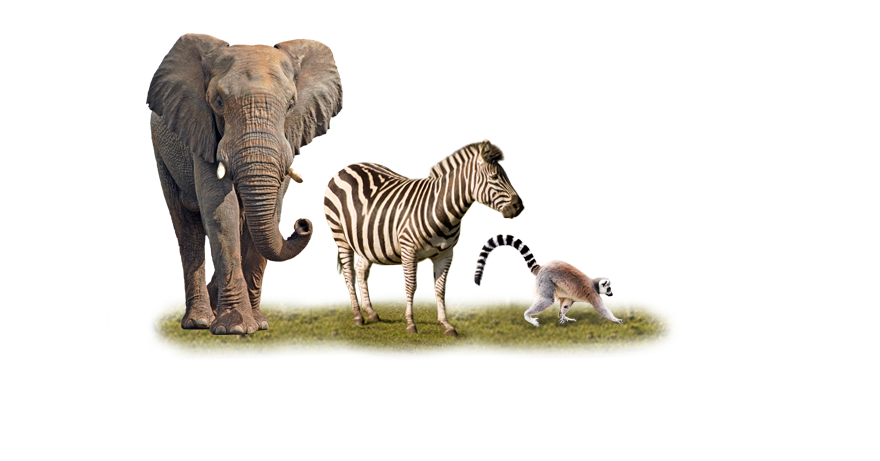About Rift Valley in Kenya
Kenya’s Rift Valley is only part of a continental fault system that runs 6000km across the Middle East and Africa from Jordan to Mozambique. Perhaps Kenya’s most important topographical feature, it is certainly one of the country’s great distinguishing marks, acting as a human and natural divide. With its spectacular scenery of lakes and savanna, it has come to be seen as a monumental valley of teeming game and Maasai herders, a trough of grasslands older than humanity.
Although the iconic image is no longer entirely borne out by reality, the valley certainly is magnificent, a literal rift across the country, with all the stunning panoramas and gaunt escarpment backdrops you could wish for, and the plains animals are still abundant in places. Nevertheless, much of the game has been dispersed by human population pressure onto the higher plateaus to the southwest, and today most of the Maasai live farther south
At least the Rift Valley’s historical influence cannot be diluted. People have trekked down it, generation after generation, over perhaps the last two or three thousand years, from the wetlands of southern Sudan and the Ethiopian highlands. Some of the more recent immigrants were the ancestors of the Maasai, who dominated much of the valley and its surroundings for several centuries before the Europeans arrived. Until the beginning of the twentieth century the Maasai lived on both sides of the valley, and the northern Ilaikipiak group were a constant threat to trading caravans coming up from the coast.
With European settlement, the Maasai were forced from their former grazing grounds in the valley’s turbulent bottleneck and confined to the “Southern Reserve” (now Amboseli National Park) for much of the colonial era. Although many have now returned to the valley, and many towns retain their ancient Maa names, the Maasai are at their most conservative and traditional in southern Kenya.
The parts of the Rift Valley covered in this chapter offer several exceptional lakes, lots of scenic, twisting roads, and some of central Kenya’s wildest areas. Highlights of the central Rift Valley include the scenic freshwater Lake Naivasha, the dramatic cliffs of Hell’s Gate and nearby craggy crater rim of Mount Longonot, the shallow, alkaline Lake Elmenteita, and the busy Lake Nakuru National Park with its lovely fever-tree-lined lake shore and almost guaranteed rhino sightings. In addition, there are several interesting prehistoric sites in this area with a refreshing rawness about them.
Heading into the northern Rift Valley away from Nakuru, the land drops away gently, and, as the road descends, so temperatures rise, the terrain dries up and human population becomes sparser. Although this region isn’t far from Nakuru or Nairobi, and is not necessarily a difficult journey, it has a bright, harsh beauty: freshwater Lake Baringo and saline Lake Bogoria – currently the most likely place in Kenya to see flamingos in their thousands – are alluring targets and distinctively different, both from each other and from the lakes further south. This northern region also includes the spectacular Kerio Valley, which deserves a special recommendation as an unusual route north if you’re heading for the west side of Lake Turkana.
Apart from Naivasha, Nakuru and the string of towns up the Mau escarpment (Njoro, Elburgon and Molo), the area covered in this chapter contains few places larger than a village. Though there is usually somewhere to lay your head, this is a region where, if you’re on a budget, a tent will be worth its extra weight, and good walking shoes are a definite advantage.


